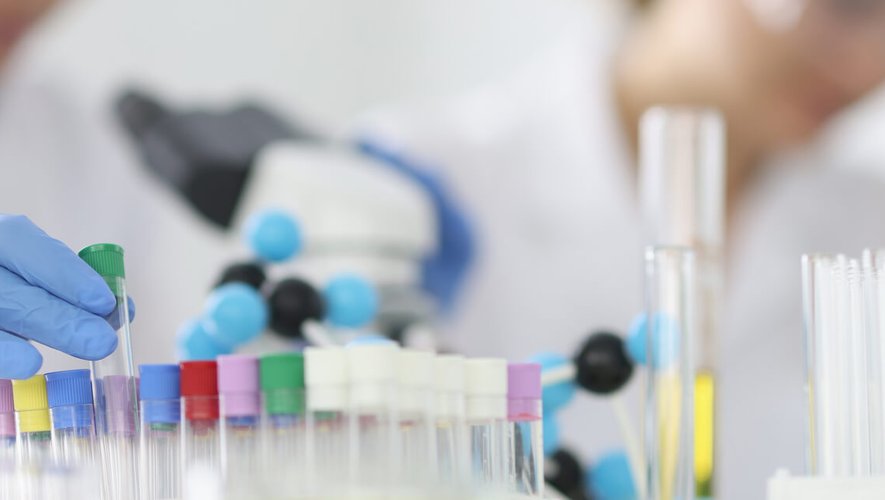This June 21 is World Day for Charcot’s disease, a neurological disease for which there is no cure. Even if a molecule seems effective in slowing down the process of destruction of neurons. Explanations.
A rare and progressive neurodegenerative disease, amyotrophic lateral sclerosis (ALS), also known as Charcot’s disease, causes the death of motor neurons in the brain and spinal cord. Specific neurons involved in the control of voluntary muscles responsible for motor skills. This destruction leads to progressive paralysis and muscle atrophy. As a result, a loss of autonomy occurs in daily rituals and gestures: language, food and, in the most advanced forms, breathing. For this reason, the life expectancy of patients is between 3 and 5 years after the appearance of the first symptoms.
A treatment acts against the neurodegenerative process
As the Brain Institute reminds us, “to date there is no curative treatment for Charcot’s disease. However, the combination of neuroprotective treatment and multidisciplinary management, allowing management of the different aspects of the disease, makes it possible to slow the progression of symptoms.“.
Most recently, on April 25, the Food and drug administration (FDA), the American Medicines Agency, has given the green light for a treatment: QALSODY™ (tofersen). This molecule currently under study (phase 3**) is proving effective in slowing the progression of ALS in its genetic form, SOD1. This mutation was discovered 30 years ago. Thus, of the 15% of genetic ALS, ALS-SOD1 affects around 2% of diagnosed patients: 330 people in the United States and less than a thousand in Europe.
How does this molecule work? “QALSODY™ (tofersen) decreases the concentration of neurofilaments, proteins released by damaged neurons “, specifies the FDA.
Slow the decline of respiratory and muscular functions
What do the results of the VALOR trial, conducted with 108 patients – 72 on QALSODY™ (tofersen) and 36 in the control group -, published in 2021, say? “QALSODY™ (tofersen) caused a 55% decrease in the plasma level of neurofilaments against a 12% increase in the placebo group. In addition, the amount of SOD1 protein in the cerebrospinal fluid (…) decreased by 35% in the QALSODY™ (tofersen) group compared to 2% in the placebo group“.
And when given early, QALSODY™ (tofersen) was found to be even more effective in halting functional decline (ALSFR-R): a score based on 12 physical functions such as the ability to swallow, use utensils, to climb stairs… Other parameters were also improved such as respiratory strength and muscle strength.
Finally, what do we know to date about the adverse effects reported in patients taking QALSODY™ (tofersen)? “The most common adverse reactions observed in 10% or more of patients treated with QALSODY™ (tofersen) and in more participants than in the placebo group were: pain, severe fatigue, arthralgia, elevated leukocyte count in the cerebrospinal fluid (CSF) and myalgia“, reports the FDA.
To note : A podcast called RARE has been launched to raise awareness about Charcot’s disease. The final season includes five new episodes: four specialist interviews and a patient testimonial. The first capsule, relaying the expertise of Pr Philippe Couratier, neurologist at the Limoges University Hospital, has been online since May 24 on Apple Podcasts, Spotify, Deezer, Google Podcasts, Amazon music.
*in injection of 100 mg/15 ml
**“Phase III makes it possible to assess the therapeutic benefit of the drug on a much larger number of patients: from a few hundred to thousands for very common diseases such as hypertension. The volunteers are most often divided into two groups in order to compare the efficacy of the drug candidate with a reference treatment (if there is one) or with a placebo (neutral substance). At the end of these trials, and depending on their results, the health authorities issue (or not) a marketing authorization (AMM) for the drug tested.“, Inserm data

